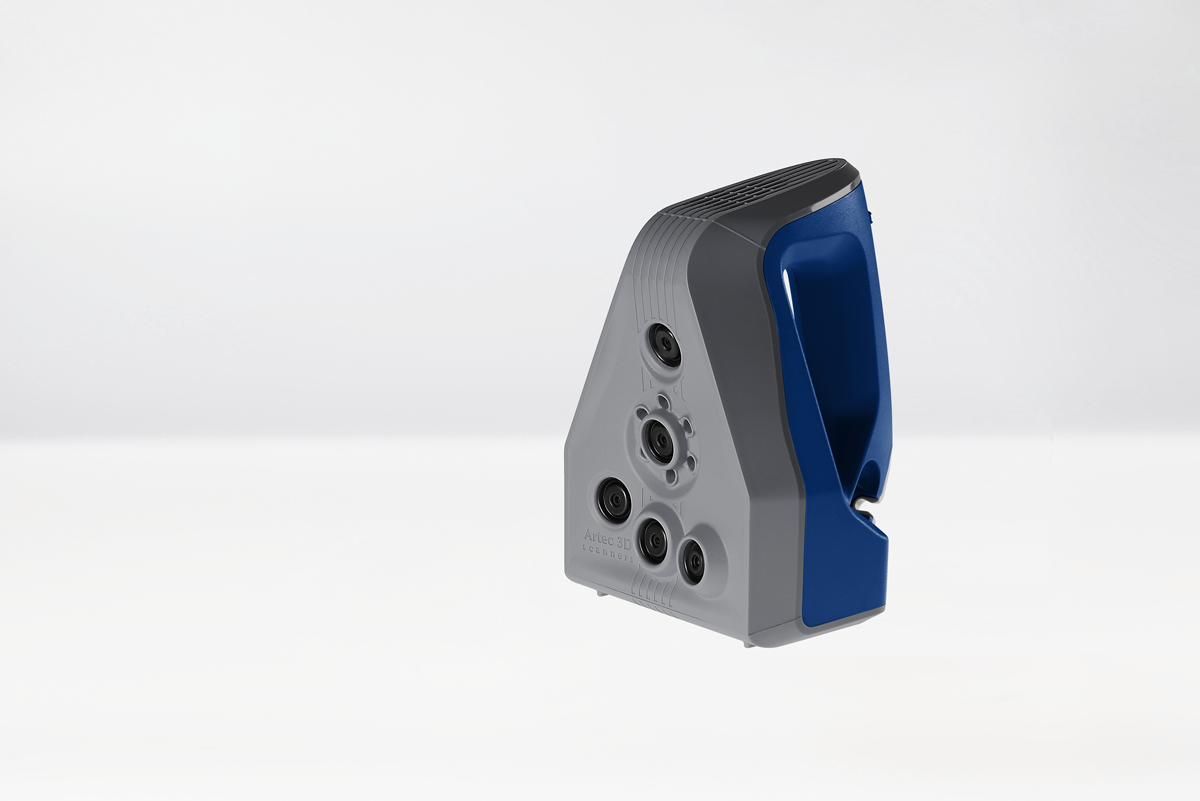3D Scanners vs. Traditional Measurement Tools - How Do They Compare?
Now more than ever before, businesses and industries across the globe are utilizing the power of 3D scanning to increase productivity, cut down on wasteful spending, and develop innovative products and services for their respective target markets.
Without a doubt, the use of 3D scanning has completely helped numerous sectors to streamline the design and production process - especially in comparison to the more traditional measurement tools we’ve seen used to date.
But how does it all work?
Simply put, 3D scanners produce highly accurate 3D replicas of physical objects by scanning an object and taking multiple snapshots of it. These images are then combined into a cohesive 3D model - an accurate digital copy of the object projected in three dimensions that can be rotated and viewed from various perspectives on a computer.
Using a 3D scanner, surveyors are able to collect large amounts of data in a cost-effective, safe, and extraordinarily comprehensive manner - all in a fairly short amount of time.
The benefits of using 3D scanners in comparison to traditional measurement tools are vast, and vary across different industries and practices, from forensics, to medicine, and even quality control in manufacturing. In this article, we explore various examples of the impact of 3D scanners across industries and how this state-of-the-art technology compares to traditional measurement tools used in each sector.
3D Scanning vs Traditional Photography in Forensic Methods
Traditionally, forensic pathologists have used photography to document crime scenes and autopsies. Over the years, little has changed, with cameras still being the go-to technology for forensic investigations to date. However, regardless of resolution, technological specifications, or overall visual clarity, the 2D images produced by cameras lack critical data that can only be obtained by documenting and understanding the spatial relations between various objects.
In a related study, researchers determined the Artec Eva 3D scanner had significant advantages over conventional forensic documentation approaches. Not only could it record color better than photos taken by a camera, but it could also render rich datasets in 3D without any of the technological complexity. Furthermore, the 3D data generated by these scanners are able to show and preserve findings in a more tangible and efficient manner.
3D Scanning vs Standard Anthropometric Measurements in Medicine
The integration of 3D scanning into the healthcare industry's multiple fields of study has considerably helped accelerate advancement within the sector as a whole. The speed, precision, and (most importantly) safety of various stationary and portable 3D scanners have enabled medical practitioners all over the world to utilize and capitalize on these cutting-edge technologies. Its use in research, patient care, and the development of tailored medical solutions has resulted in significant advancements in the sector by helping to dramatically improve existing processes while generating new ones.
For this reason, 3D scans have been incorporated into different areas of medicine, including anthropometric cranial measurements, measurement in ear anthropometry, and foot and ankle morphology for the fabrication of orthoses to name a few.
As a whole, the incorporation of 3D scanning into a variety of medical practices has been noted to enable faster data capturing with a higher level of accuracy and reliability in comparison to traditional methods.
3D Scanning vs Traditional Quality Control in Manufacturing
Quality control is an essential part of every manufacturing process. For decades, we’ve seen manufacturers use Coordinate Measurement Machines (CMMs) in projects that require more precision. In more recent years however, this is starting to change.
Now more than ever, manufacturing companies all around the world are using 3D scanners as an alternative to the more traditional CMM route. While both options are able to produce comprehensive measurements of unconventional items or challenging sites, 3D scanners have a number of additional advantages above CMMs that are often ignored. Not only do 3D scanners enable a higher level of accuracy and a more detailed inspection of a site or object, they also eliminate the need for CMM programming time or repeated data entry work, resulting in a shorter turnaround with a higher level of precision.
It’s safe to say 3D scanning is a revolutionary advancement creating waves in multiple industries across the globe. This state-of-the-art technology has many additional benefits in comparison to the more traditional methods and tools used for measuring, analyzing, or producing products across a variety of sectors.
No matter the industry or project type, at My Engineering, we have a scanner to suit your needs. From ultra-high precision micro 3D scanners to super long-range 3D scanners (and everything in-between), we’ve got something that ticks all the boxes.
Contact us today for guidance in choosing the best Artec 3D scanner for your project. We’d love to help!
*Original article and content provided by https://www.artec3d.com/


